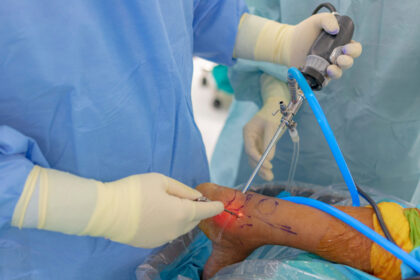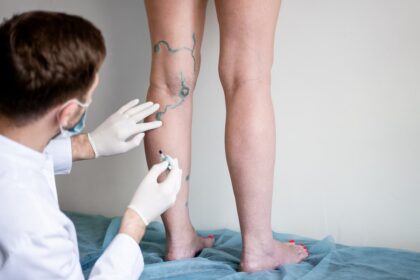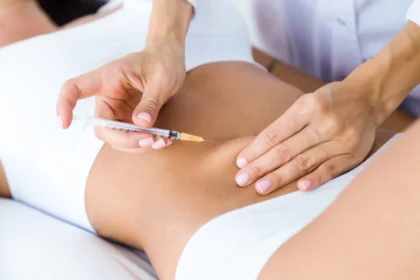Recovering from a shoulder replacement requires time and a structured rehabilitation plan. Understanding what to expect during the recovery process can help you prepare physically and mentally. Here’s what you need to know about the recovery process after shoulder joint replacement:
Begin Recovery With Proper Care
Most patients stay in the hospital for one to two nights after shoulder replacement surgery. During this time, medical staff monitor your pain levels and check for complications. You’ll wear a sling to keep your shoulder immobilized and protect the new joint.
Pain medication helps manage discomfort during the first few days. Swelling and stiffness are normal parts of the healing process. Your medical team will teach you how to care for your surgical site and change dressings properly. Make sure to keep the incision clean and dry to prevent infection.
Regain Mobility and Strength
Physical therapy begins within a few days of your shoulder replacement surgery. Your therapist will start with gentle range-of-motion exercises to prevent stiffness. Early exercises focus on passive movements where the therapist moves your arm for you.
As healing progresses, you’ll gradually add active exercises where you move your arm on your own. Strengthening exercises are performed later in the recovery process, usually after several weeks. Your therapist will design a program tailored to your needs and the type of shoulder replacement you have.
Regular therapy sessions help restore function and build strength in your shoulder muscles. Following your home exercise program speeds up your recovery. Some patients may need longer rehabilitation depending on their individual circumstances.
Adjust Daily Activities Safely
You’ll need help with activities that involve lifting your arm above your head. Using adaptive equipment makes daily tasks easier and safer. Sleeping positions need to be adjusted for several weeks after surgery. Many patients find sleeping in a reclining chair more comfortable than lying flat. Using extra pillows for support helps reduce discomfort at night. Your surgeon will tell you when it’s safe to sleep on your operated side. Driving restrictions apply until you regain strength and range of motion. Your doctor will clear you for driving when you can safely operate the vehicle controls.
Maintain Shoulder Health Long-term
Complete healing after shoulder joint replacement can take several months to a year. Bone grows around the artificial components to create a strong, stable joint. Following activity restrictions during this time protects your new shoulder from damage.
Regular follow-up appointments help monitor your progress and check for complications. Your surgeon will take X-rays to make sure the artificial joint remains in the proper position. Maintaining your results requires ongoing attention to shoulder health. Gentle exercises help preserve your range of motion and strength, and avoiding activities that put excessive stress on the joint protects your shoulder replacement.
Schedule Your Shoulder Replacement Appointment
Recovery from shoulder replacement surgery follows predictable stages, from initial healing to long-term rehabilitation. Each phase brings you closer to restored function and reduced pain. Working closely with your medical team and following their guidance helps achieve the best possible outcome. Contact an orthopedic specialist near you to schedule your shoulder joint replacement appointment today.









